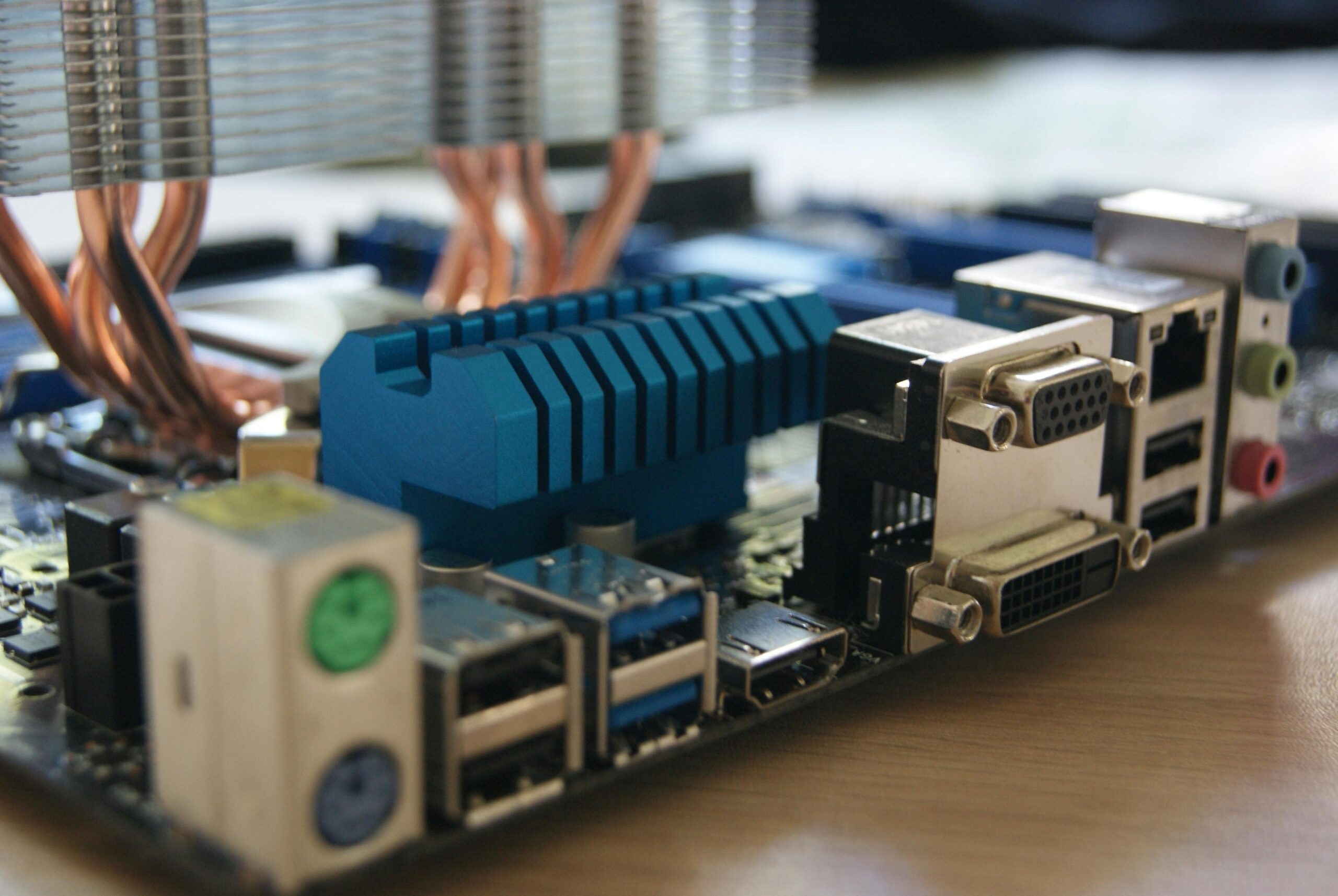Connectors are electronic components for the transmission and exchange of current or signals between electronic system devices. As a node, independently or together with the cable, for devices, components, equipment, subsystems between the transmission of current or signal, and to maintain between the various systems without signal distortion and energy loss changes, is the composition of the entire complete system connection must be the basic components.
Composition of connectors
Connector: by the contact, shell, insulator, accessories, four basic structural components. Contacts: connectors to complete the electrical connection function of the core parts, generally composed of male and female terminals. Shell: that is, male and female rubber shell, is the connector’s outer shell, to provide mechanical protection for the internal, and to ensure that plugs and sockets are aligned when plugged. Insulator: also known as the base, so that the contact pieces according to the required bit and spacing arrangement, and to ensure that the contact pieces between and between the contact pieces and shell insulation.

Connector by the male and female to form a pair, male connectors commonly known as ‘plug’, female connectors commonly known as ‘socket’, male and female end contact to pass the signal or current, the connector of the male and female to enhance the safety and Ensure the normal operation of the equipment.
Classification of connectors
According to the different media, it is divided into electrical connectors, microwave radio frequency connectors and optical connectors; according to the power is divided into high-voltage connectors and low-voltage connectors and so on.

Performance indicators for connectors
Electrical connectors need to meet the requirements of good contact and reliable operation. Among them, high-power power transmission also requires low contact resistance, high current-carrying, low temperature rise, high electromagnetic compatibility; transmission of high-speed data signals requires good circuit impedance continuity, crosstalk is small, low time delay, high signal integrity.
Microwave RF connectors in addition to contact reliability requirements, for impedance design and compensation requirements are strict, need to meet the insertion loss, return loss, phase and third-order intermodulation and other performance requirements.
Fibre optic connectors for the components of the alignment accuracy requirements are strict, so the processing accuracy of the contact parts require high precision, high cleanliness and accurate positioning.
Mechanical properties, mainly including insertion and extraction force, mechanical life, vibration resistance, mechanical shock resistance.
Insertion and extraction force: divided into insertion force and extraction force, the insertion force should be small, while the separation force should be large, otherwise it will affect the reliability of the contact.
Mechanical life: also known as the pull-out life, is a durability indicator, to an insertion and a pull-out for a cycle, connector insertion and pull-out force and mechanical life is usually associated with the quality of the plating on the contact part and the precision of the arrangement of dimensions.
Electrical performance, mainly including contact resistance, insulation resistance, withstand voltage, anti-electromagnetic interference (EMC), signal attenuation, current-carrying capacity, crosstalk and other requirements.
Contact resistance: refers to the connector connected to the male and female terminals between the contact surface of the additional resistance, will directly affect the signal transmission and electrical transmission of the equipment, if the contact resistance is too large, resulting in a high temperature rise, affecting the service life and reliability of the connector; from a few milliohms to tens of milliohms ranging from a good connector should have a low and stable contact resistance.
Insulation resistance: refers to the connector insulation part of the voltage applied, so that the insulation part of the surface or the internal leakage current and the resistance value, if the insulation resistance is too low, may form a feedback circuit, increase power loss, causing interference, excessive leakage current may damage the insulation, endangering the safety; resistance from hundreds of megohms to thousands of megohms ranging.
Withstand voltage: or withstand voltage, dielectric withstand voltage, is to characterise the connector between the contact parts or between the contact parts and the shell to withstand the rated test voltage capacity
Anti-electromagnetic interference: that is, electromagnetic compatibility, refers to other equipment does not produce electromagnetic interference, even if the electromagnetic interference from other equipment still maintain the original performance. Generally tested in the frequency range of 100MHz~10GHz.
Environmental performance, the connector is required to have temperature resistance, humidity resistance, salt spray resistance, corrosive gas resistance and other properties
Temperature resistance: the current maximum operating temperature of the connector is 200 ℃ (except for a few high-temperature special connectors), the minimum temperature of -65 ℃. As the connector works, the current in the contact point to generate heat, resulting in temperature rise, so it is generally believed that the operating temperature should be equal to the ambient temperature and the temperature rise of the contact point and the sum of
Resistant to moisture: The intrusion of moisture can affect the connector’s insulation performance and corrode metal parts.
Salt spray resistance: connectors in the environment containing moisture and salt work, its metal structural components, contact surface treatment layer may produce galvanic corrosion, affecting the physical and electrical properties of the connector. Vibration and shock resistance: vibration and shock resistance is an important performance of the electrical connector, in special applications such as aviation and aerospace, railway and road transport is particularly important, it is to test the mechanical structure of the electrical connector ruggedness and electrical contact reliability of the important indicators.




